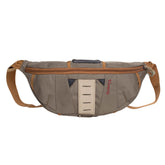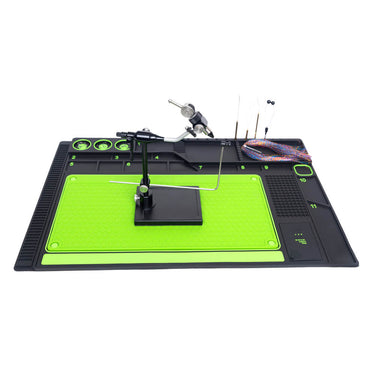Nature's Tiny Musicians: The World of Grasshoppers, Crickets, and Katydids
Grasshoppers, crickets, and katydids all belong to the order Orthoptera, a group of insects known for their strong hind legs adapted for jumping, chewing mouthparts, and, in many species, the ability to produce sound (stridulation). Below is a breakdown of their key characteristics and differences:
1. Grasshoppers (Suborder: Caelifera)
Appearance: Short, thick antennae; stocky bodies; usually green or brown for camouflage.
Sound Production: Most do not produce sound (except some species like the band-winged grasshoppers, which crepitate—click their wings in flight).
Hearing: Tympanal organs (hearing structures) are located on the sides of the abdomen.
Diet: Primarily herbivorous, feeding on grasses and leaves (some can be agricultural pests).
Behavior: Mostly active during the day (diurnal).
2. Crickets (Family: Gryllidae, Suborder: Ensifera)
Appearance: Long, thread-like antennae; flattened bodies; often dark brown or black.
Sound Production: Males chirp by rubbing their wings together (stridulation) to attract females.
Hearing: Tympanal organs are located on the front legs.
Diet: Omnivorous—some eat plants, fungi, or even small insects.
Behavior: Mostly nocturnal; often found in dark, moist environments.
3. Katydids (Family: Tettigoniidae, Suborder: Ensifera)
Appearance: Long, thin antennae; leaf-like wings for camouflage (many resemble leaves or twigs).
Sound Production: Males produce high-pitched calls by rubbing wings together (sounds like "katy-did, katy-didn’t").
Hearing: Tympanal organs are located on the front legs.
Diet: Mostly herbivorous (some are predatory).
Behavior: Nocturnal; often found in trees and shrubs.
Key Similarities:
All have hind legs adapted for jumping.
Most undergo incomplete metamorphosis (egg → nymph → adult).
Many species use stridulation (sound production) for mating calls.
Key Differences:
Feature
Grasshoppers
Crickets
Katydids
Antennae
Short
Long
Very long
Sound Production
Rare (some crepitate)
Chirping (wings)
"Katy-did" calls
Activity Time
Day (diurnal)
Night (nocturnal)
Night (nocturnal)
Diet
Herbivorous
Omnivorous
Mostly herbivorous
Wing Shape
Narrow, suited for jumping
Leathery forewings
Leaf-like for camouflage
Would you like details on a specific species or behavior?















